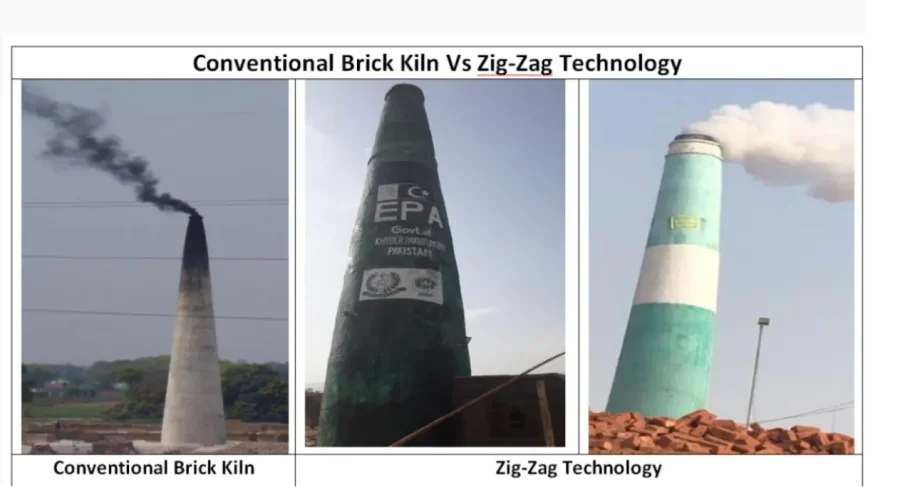Experts on Sunday highlighted the role of modern brick kilns in transforming multiple benefits including less pollution, low-carbon future, while exemplifying clean energy development needed for the world to successfully minimize climate change in the coming decades.
More improved work can increase more efficient production, improved quality of life and opportunity, they said. Modern brick kilns are a model for the kind of development needed to achieve World Bank Group Goals of ending severe poverty, increasing shared prosperity and transforming economies and societies to a low-carbon future, said Sandrine Boukerche, a carbon finance expert at the World Bank, in a statement issued here.
Brick production is a mainstay of the economy in developing countries like Siri Lanka, India, Pakistan and Bangladesh. As rapid urbanisation brings more construction and demand for bricks, the booming industry hires vulnerable workers at the traditional fixed chimney kilns concentrated around urban areas, Boukerche said.
To a latest research study, some 8,000 traditional kilns emit an estimated 10 million tons of carbon dioxide (CO2e) and other environmental particulate, pollutants into the atmosphere every year, causing a harmful-toxic impact on human health, agricultural yields and climate change. Meanwhile, environmental and climate experts, globally, are bringing together brick producers, public policy officials and experts to achieve substantial reductions of black carbon and hazardous emissions from the brick kilns by transforming it into more profitable, healthier and socially responsible industry, said noted environmentalist Mahmood Khalid Qamar.
The Pakistan Bureau of Statistics recently revealed that the country has around 20,000 brick kilns. Most of the kilns are located in and around urban areas while contributing significantly to air pollution. Pakistan’s brick sector is not designed on modern features rather is highly unregulated and is responsible for 1.5 percent of Gross Domestic Product (GDP). Here, the traditional brick making method is used for hand-made bricks, which are baked in Fixed Chimney Bulls Trench Kilns, an old method widely used for brick firing technology in South Asia, he said.
This method is one of the most polluting ways to produce bricks, responsible for many social and environmental issues including climate change, air pollution, deforestation, land use impacts, cardio-respiratory diseases and deforestation, he informed. Dr. Mahmood Khalid Qamar told APP that different types of fuel burning make it difficult to identify exactly the formulation of air pollutants emitted by the brick-kiln sector.
Nonetheless, these intoxicated pollutants are extremely hazardous for both human health and biodiversity, mostly made up of carbon monoxide, carbon dioxide (CO2) nitrogen dioxide, sulfur oxides. Form of such particulate matter (PM) coming out of the gaseous material including black carbon and additional compounds, emitted from burning of coal and other fuels, he informed.










